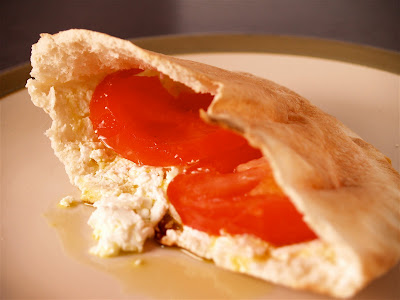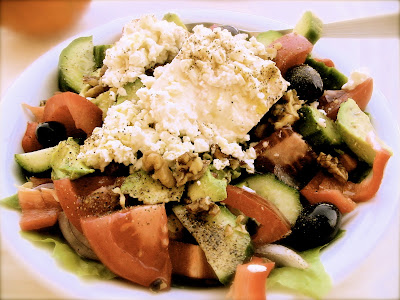
Ah yes, the mercury is dropping, perhaps you've broken out the hats and gloves, and for most of us, the sun has long disappeared by the time we return home from the office. We're slowly eating less fresh berries, salads, white wine and fish, and are now craving steak, baked potatoes, red wine and roasted lamb - or maybe that's just me. If there is one signal my stomach gives me that the cold weather has officially arrived, it is my sudden craving for the most classic of cold-weather food - soup!
Now I wasn't much of a fan of soup growing up. Whenever I would hear we were having soup for dinner, my aching, growling stomach would let out a small groan of disappointment with the anticipation of the bowl of hot water and vegetables that was about to hit it. It wasn't so much that the soup wasn't any good, it was more the lack of satiation I would feel eating bowl after bowl.
How I've changed my mind! I've since realized you can get so much more out of your soup! It's more than just boiled vegetables floating in hot water - it can be rich, creamy, full of complex flavors while remaining simple, and most importantly, it can fill you up as good as a steak and baked potato any day.
Nothing fits this bill more than a classic white bean soup. Rich in soluble fiber, iron and protein, white beans add such a richness to soup that you won't miss the meat. They also provide a real creaminess to the broth that one would be hard convinced no dairy was added. Nothing but minimal, simple ingredients in this soup, but it tastes like so much more!
What you will need (serves 2):
1 cup dry white beans (Navy or Great White Northern work fine)
1/3 cup Extra Virgin Olive Oil
2 large carrots
2 sticks of leafy celery
1 large ripe tomato, grated
1 tsp sea salt
1/2 tsp fresh pepper
Peeled skin (with the rind) of half an orange
Soak the dry beans overnight, or as long as you can before you plan to cook - the longer you soak them, the faster they'll cook. Bring the soaked beans to a boil and simmer for 5-10 minutes then drain and set aside. Pre-boiling the beans is key in that it helps take some of that pesky 'air' out of the beans, if you get my drift. Next, heat the olive oil in a large pot. Adding the carrots and celery, sauté for a couple minutes, then add the grated tomato and cook for about 5 minutes. Now add the beans, salt, pepper and orange peel - the secret ingredient, detrimental to the flavor of the soup - and it works best to just add it in one big piece. Last, add the water depending on how thick you like your soup. I usually add enough water to come up about 2 inches above the beans and keep an eye on it as it boils. Cover and simmer for about 40-50 minutes, until the beans are soft.














